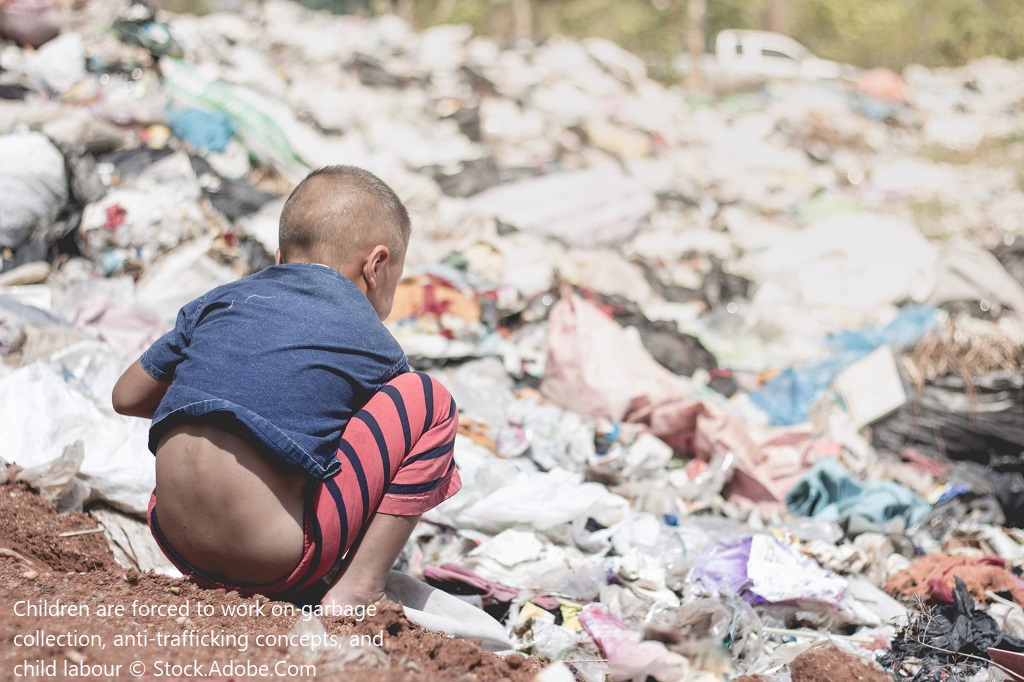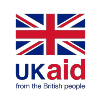In recent weeks, countries across South and South-Eastern Asia, including Bangladesh and Nepal have implemented a raft of containment measures in an attempt to limit the spread of the COVID19 pandemic. Borders have been closed, businesses shut, and people’s movement restricted during local or national lockdowns and curfews.

For many people in precarious or informal forms of work, these restrictive measures have disrupted their usual livelihoods. As normal economic activity comes to a halt, the underlying vulnerability of low-paid and daily wage workers across the region is intensified to the point that many are struggling to survive.
When the streets are locked down, how do you survive?
Children who work in the streets of these cities – reliant as they are on trading, begging, waste-picking, and other street-based activities – are among those most affected. Their relationship with work and labour is complex. They may be in exploitative situations, but their work in the street might also be an important part of their social living and community network, a source of pride and purpose in their life as they support themselves and others.
Whatever their individual circumstances, with businesses shut and few people in the usually crowded streets, these children and young people face significant challenges. when the streets that are locked down are also your source of livelihood, how do you survive?
Hunger over COVID19
For many street-working children, hunger rather than COVID19 is the most immediate threat. The pittance that children usually earn on the street means that there are no savings or safety nets to fall back on, and for most, there is simply no other source of income. Unable to adhere to instructions to stay indoors, many are continuing to struggle in their usual activities, competing for scarce profits and braving the risk of heavy-handed police enforcement of lockdowns and curfews.
In Dhaka, for example, while the city is under strict movement control (pdf), many children and young people still roam the streets collecting waste and garbage to sell. In Barisal, another city in Bangladesh, children who live and work at the water transport terminal normally survive by collecting money for carrying bags and selling tap water in recycled plastic bottles. With no passengers, these sources of income, along with the food often given to them by passers-by, have dried up.
With their usual survival activities limited, street-working children are soon left with empty pockets and empty stomachs, confronted with a situation in which the prospect of serious hunger, even starvation, has become very real.
Rafique*, a child who normally survives by collecting and selling waste in the leather-producing slum area of Hazaribagh, Dhaka told CLARISSA partner Grambangla Unnayan Committee (GUC) that: “I never experienced hunger before. I did not know how painful the hunger might be. I feel like committing suicide if I have to continue my life with this type of hunger.” The mother of another waste picking child described how the current situation on the streets is reminiscent of scenes from the famine she had come to Dhaka to flee in 1974.
NGOs have responded by increasing their efforts to distribute food. The Dhaka Ahsania Mission has been delivering food to children and young people, but worries that, given the scale of the crisis, the efforts of NGOs and the local government may only amount to a “stone thrown in the sea”. Government relief, meanwhile, often depends on the beneficiary producing an official ID and so does not reach those who are unregistered, uncounted, invisible.
Returning to hometowns?
The situation has already become untenable for some. As opportunities for work on the city streets have disappeared, some children and families have taken the decision to leave. Nevertheless, returning to their villages or hometowns can itself be a difficult and dangerous option.
In Nepal, where many street-working children have migrated from rural areas to cities, organisations have reported that as lockdown measures increased, more and more migrant families and children began to make the arduous journey home. Returning home is not necessarily a safe option for children who have been on the streets. In doing so, they may be confronted by the very same issues that pushed them to look for work in the city in the first place – including poverty, violence and abuse – and may find themselves cut off from the organisations that have provided a support system in the city.
Children who routinely work in streets that are now quiet are at immediate risk and should be provided with support to be able to protect themselves and simply to survive during the pandemic. In the longer term, there is another question, which we cannot yet answer: what will happen to this informal labour, including child labour, disrupted by the pandemic and the economic crisis that appears to be swiftly approaching.
It remains to be seen whether this interruption from normal ways of life will push vulnerable children further into poverty and into even more exploitative forms of work, or whether societies might find opportunities in the global upheaval to create positive change.
This opinion was written by Nicholas Sharma and Shona Macleod, Consortium for Street Children.
—
*Not his real name
